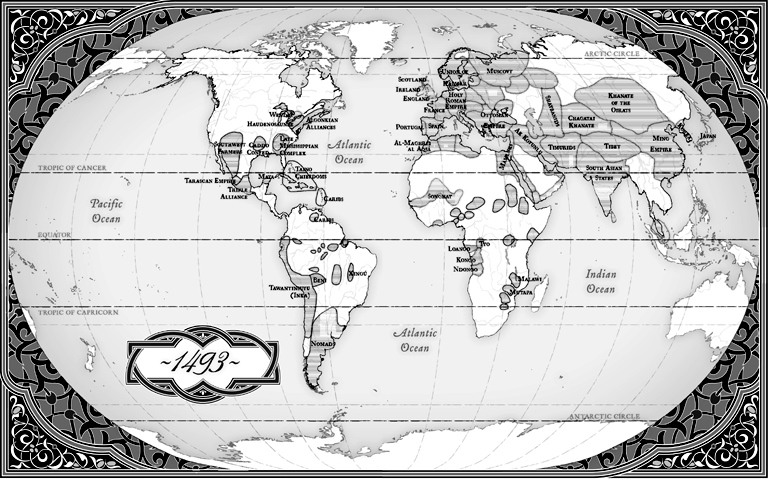
Click to view a larger image.
THIS IS A BORZOI BOOK
PUBLISHED BY ALFRED A. KNOPF
Copyright 2011 by Charles C. Mann
All rights reserved. Published in the United States by Alfred A. Knopf, a division of Random House, Inc., New York, and in Canada by Random House of Canada Limited, Toronto.
www.aaknopf.com
Knopf, Borzoi Books, and the colophon are registered trademarks of Random House, Inc.
The author gratefully acknowledges the support of the Lannan Foundation.
Portions of this book have appeared in different form in The Atlantic, National Geographic, Orion, and Science.
Maps created by Nick Springer and Tracy Pollock, Springer Cartographics LLC; copyright by 2011 Charles C. Mann
Library of Congress Cataloging-in-Publication Data
Mann, Charles C.
1493 : uncovering the new world Columbus created / Charles C. Mann. 1st ed.
p. cm.
Includes bibliographical references and index.
eISBN: 978-0-307-59672-7
1. History, Modern. 2. Economic history. 3. CommerceHistory. 4. AgricultureHistory. 5. EcologyHistory. 6. Industrial revolution. 7. Slave tradeHistory. 8. AmericaDiscovery and explorationEconomic aspects. 9. AmericaDiscovery and explorationEnvironmental aspects. 10. Columbus, ChristopherInfluence. I. Title.
D 228. M 36 2011
909.4dc22 2011003408
Front-of-jacket image: De Espaol y Negra, Mulato, attributed to Jos de Alcibar, c. 1760. Denver Art Museum, Collection of Frederick and Jan Mayer.
Photo James O. Milmoe.
Jacket design by Abby Weintraub
v3.1
To the woman who built my house,
and is my home
CCM

CONTENTS

Appendixes

MAPS

The World, 1493
Colonial Hispaniola
China Sea, 1571
Deforestation and Reforestation in Eastern North America, 15001650
Tsenacomoco, 16071670
Malaria in Southeast England
American Anopheles
Recreating Pangaea, 1600
Fujian in the Ming Era
Viceroyalty of Peru
China in the Qing Era
China Floods, 1823
Spread of Potato Blight, 1845
Rubber World, c. 1890
Spread of Sugar Through the Mediterranean and Beyond
Estate of Hernn Corts, 1547
Portuguese Expansion into Brazil
Maroon Landscapes

PROLOGUE

Like other books, this one began in a garden. Almost twenty years ago I came across a newspaper notice about some local college students who had grown a hundred different varieties of tomato. Visitors were welcome to take a look at their work. Because I like tomatoes, I decided to drop by with my eight-year-old son. When we arrived at the school greenhouse I was amazedId never seen tomatoes in so many different sizes, shapes, and colors.
A student offered us samples on a plastic plate. Among them was an alarmingly lumpy specimen, the color of an old brick, with a broad, green-black tonsure about the stem. Occasionally I have dreams in which I experience a sensation so intensely that I wake up. This tomato was like thatit jolted my mouth awake. Its name, the student said, was Black from Tula. It was an heirloom tomato, developed in nineteenth-century Ukraine.
I thought tomatoes came from Mexico, I said, surprised. What are they doing breeding them in Ukraine?
The student gave me a catalog of heirloom seeds for tomatoes, chili peppers, and beans (common beans, not green beans). After I went home, I flipped through the pages. All three crops originated in the Americas. But time and again the varieties in the catalog came from overseas: Japanese tomatoes, Italian peppers, Congolese beans. Wanting to have more of those strange but tasty tomatoes, I went on to order seeds, sprout them in plastic containers, and stick the seedlings in a garden, something Id never done before.
Not long after my trip to the greenhouse I visited the library. I discovered that my question to the student had been off the mark. To begin, tomatoes probably originated not in Mexico, but in the Andes Mountains. Half a dozen wild tomato species exist in Peru and Ecuador, all but one inedible, producing fruit the size of a thumbtack. And to botanists the real mystery is less how tomatoes ended up in Ukraine or Japan than how the progenitors of todays tomato journeyed from South America to Mexico, where native plant breeders radically transformed the fruits, making them bigger, redder, and, most important, more edible. Why transport useless wild tomatoes for thousands of miles? Why had the species not been domesticated in its home range? How had people in Mexico gone about changing the plant to their needs?
These questions touched on a long-standing interest of mine: the original inhabitants of the Americas. As a reporter in the news division of the journal Science, I had from time to time spoken with archaeologists, anthropologists, and geographers about their increasing recognition of the size and sophistication of long-ago native societies. The botanists puzzled respect for Indian plant breeders fit nicely into that picture. Eventually I learned enough from these conversations that I wrote a book about researchers current views of the history of the Americas before Columbus. The tomatoes in my garden carried a little of that history in their DNA.
They also carried some of the history after Columbus. Beginning in the sixteenth century, Europeans carried tomatoes around the world. After convincing themselves that the strange fruits were not poisonous, farmers planted them from Africa to Asia. In a small way, the plant had a cultural impact everywhere it moved. Sometimes not so smallone can scarcely imagine southern Italy without tomato sauce.
Still, I didnt grasp that such biological transplants might have played a role beyond the dinner plate until in a used-book store I came across a paperback: Ecological Imperialism, by Alfred W. Crosby, a geographer and historian then at the University of Texas. Wondering what the title could refer to, I picked up the book. The first sentence seemed to jump off the page: European emigrants and their descendants are all over the place, which requires explanation.
I understood exactly what Crosby was getting at. Most Africans live in Africa, most Asians in Asia, and most Native Americans in the Americas. People of European descent, by contrast, are thick on the ground in Australia, the Americas, and southern Africa. Successful transplants, they form the majority in many of those placesan obvious fact, but one I had never really thought about before. Now I wondered: Why is that the case? Ecologically speaking, it is just as much a puzzle as tomatoes in Ukraine.


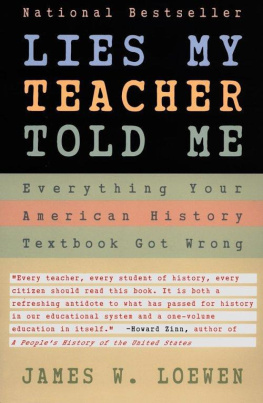

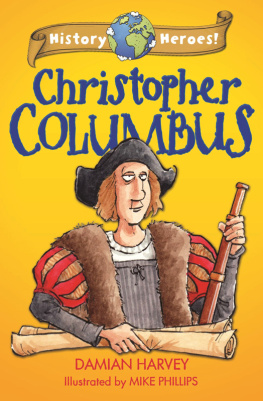
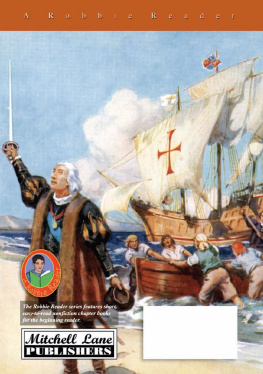
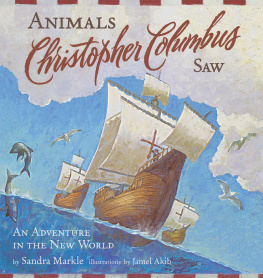
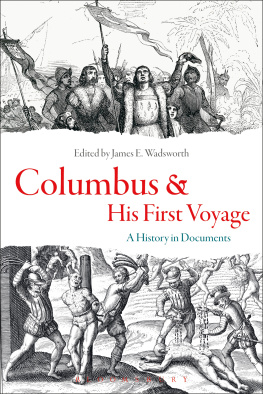
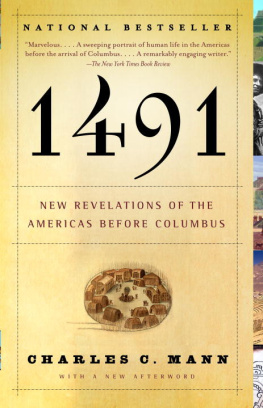
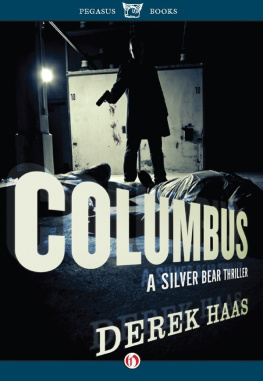
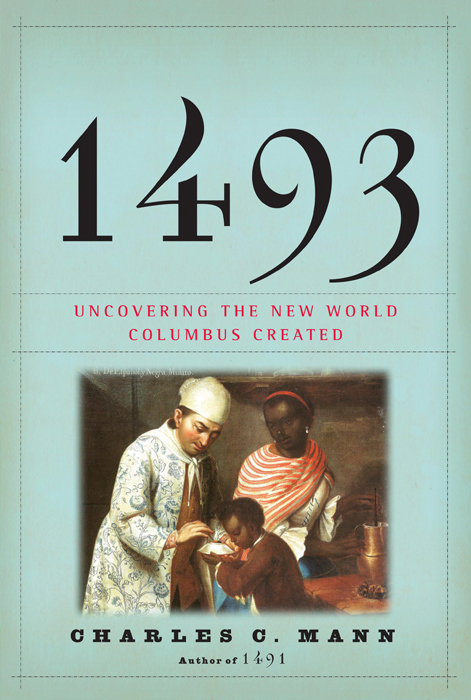

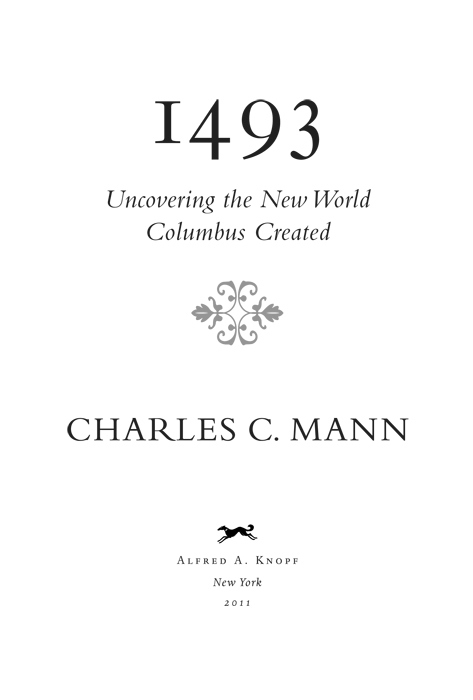
 CONTENTS
CONTENTS 